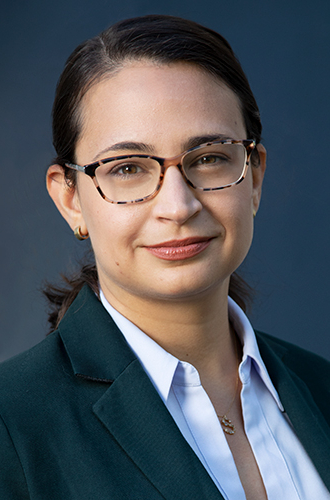-

-

-
Sara J Hussain
Assistant Professor
Kinesiology and Health Educationsara.hussain@austin.utexas.edu
Phone: 512-232-2686
Office Location
BEL 540
Postal Address
2109 SAN JACINTO BLVD
AUSTIN, TX 78712-
Sara Hussain is an Assistant Professor in the Department of Kinesiology and Health Education at the University of Texas at Austin. She received both her B.S. (Integrative Physiology, 2011) and Ph.D. (Human Physiology, 2016) from the University of Iowa in Iowa City, IA. After her Ph.D., she completed a postdoctoral fellowship at the Human Cortical Physiology and Stroke Neurorehabilitation Section within the National Institute of Neurological Disorders at the National Institutes of Health in Bethesda, MD. Hussains expertise is in cortical neurophysiology underlying human motor control as it relates to neuroplasticity involved in motor learning and recovery from neurological injuries. She is originally from the Chicago area, and outside of the lab she enjoys cooking, reading, and birdwatching.
-
Dr. Hussaiin studies neural control of voluntary and skilled movements, development of brain stimulation interventions to promote motor function after stroke, motor learning, neuroplasticity, and brain oscillations.
-
Freedberg, MV., Reeves, JA., Hussain, SJ., Zaghloul, KA. & Wassermann, EM. (2020). Identifying site- and stimulation-specific TMS-evoked EEG potentials using a quantitative cosine similarity metric.. PLoS One, 15(1), e0216185.
Hussain, SJ., Cohen, LG. & Boenstrup, M. (2020). Beta rhythm events predict corticospinal motor output. Scientific Reports, 9(1), 1–10.
Hussain, SJ. & Thirugnanasambandam, N. (2017). Probing phase- and frequency-dependent characteristics of cortical neurons using combined transcranial alternating current stimulation and transcranial magnetic stimulation. Journal of Neurophysiology, 117(6), 2085–2087.
Hussain, SJ. & Cohen, LG. (2017). Exploratory studies: A crucial step towards better hypothesis-driven confirmatory research in brain stimulation. Journal of Physiology, 595(4), 1013.
Hussain, SJ. & Frey Law, LA. (2016). 3D strength surfaces for ankle plantar- and dorsiflexion in healthy adults: an isometric and isokinetic dynamometry study.. Journal of Foot and Ankle Research, 9(1), 43.
Hussain, SJ., Darling, WG. & Cole, KJ. (2016). Recent history of effector use modulates practice-dependent changes in corticospinal excitability but not motor learning. Brain Stimulation, 9(4), 584–593.
Hussain, SJ. & Cole, KJ. (2015). No enhancement of 24-hour visuomotor skill retention by post-practice caffeine administration. PLoS One, 10(6), e0129543.
Hussain, SJ. & Morton, SM. (2014). Perturbation schedule does not alter retention of a locomotor adaptation across days. Journal of Neurphysiology, 111(12), 2414–2422.
Hussain, SJ., Hanson, AM., Tseng, SC. & Morton, SM. (2013). A locomotor adaptation including explicit knowledge and removal of post-adaptation errors induces complete 24-hour retention. Journal of Neurophysiology, 110(4), 916–925.
-














